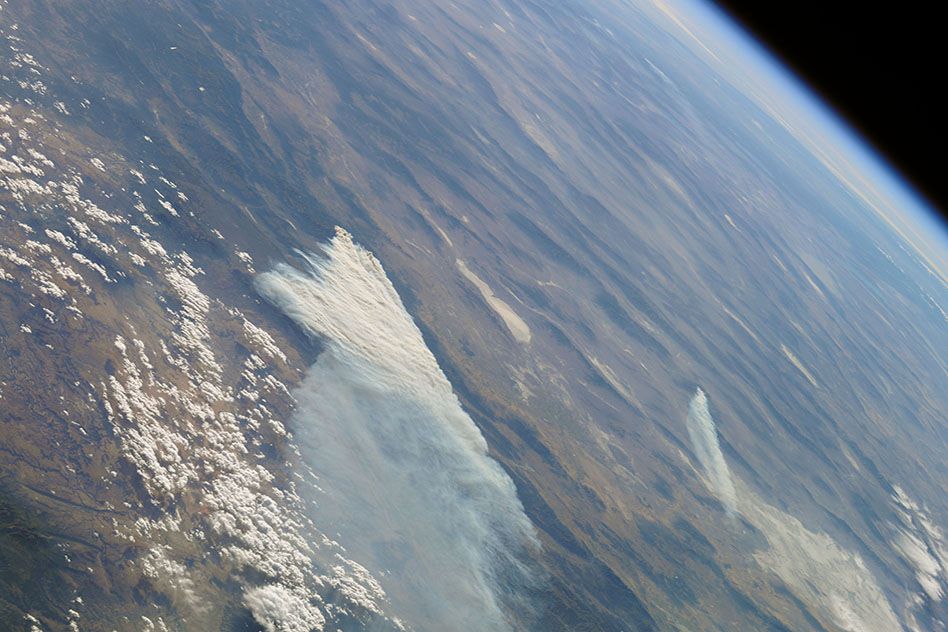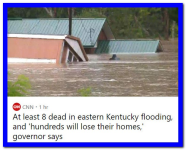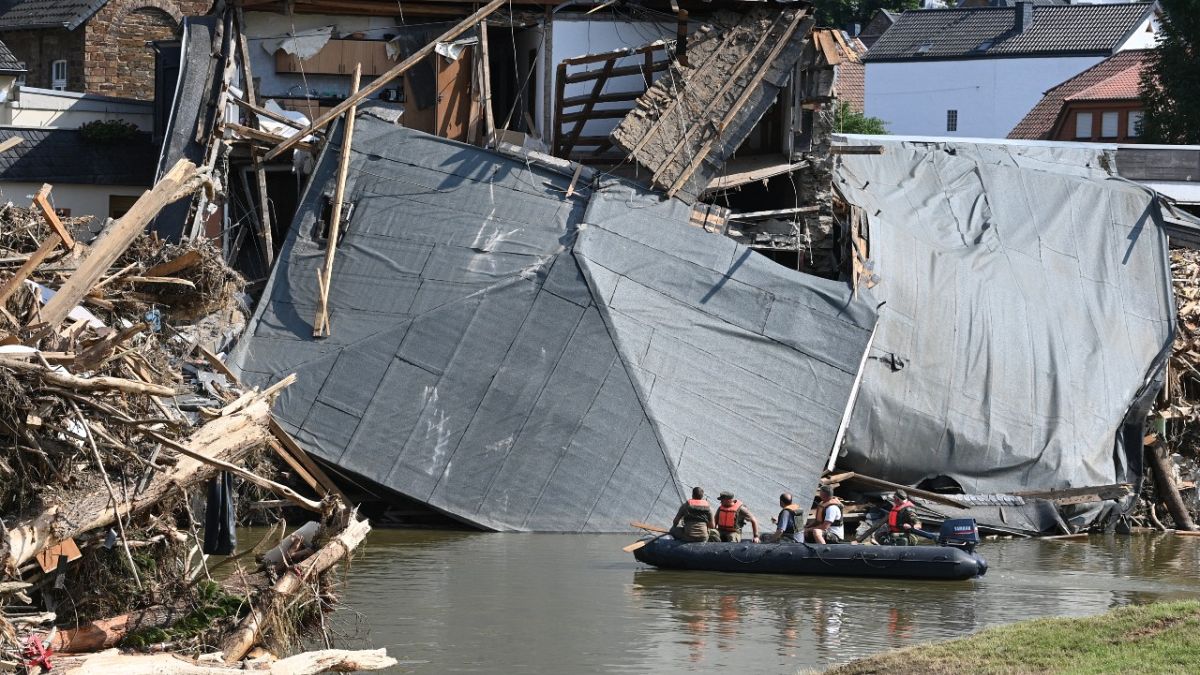An article for novices, as the say "climate change" and skip specifics. The extra precipitation isn't very significant on an annual level, but aerosols appear to shorten the length of precipitation making the the same precipitation fall in a shorter time.
Inland flooding is more common because we restrict the flow of water, cap off the land that would have absorbed a large percentage of it, and have a greater quantity of seed aerosols in the atmosphere. They touch on this a little bit, but don't blame any of the newer flooding of our land use changes like they should. They also say nothing of aerosols that seed the clouds, changing the locations and intensity of precipitation.
There are currently no "deniers" arguing in this forum. Just science deniers like you.
You think NPR teaches science?
LOL...
LOL...
Only those who don't know any. OMG. How can you think NPR has any scientific value?
LOL...
What they say here is very, very simplified. I'm glad you learned a little bit at least.
This is better resource material:
According to a new MIT study in Geophysical Research Letters, the effects of anthropogenic aerosols exert a strong influence in determining where precipitation increases and decreases take place across the globe. Running historical simulations with models that represent aerosol-cloud interactions with far greater precision than in previous analyses, the MIT study indicates that the distribution of precipitation in the second half of the 20th century is dominated by the effects of anthropogenic aerosols over the tropics, and also substantially influenced in non-tropical regions of the Northern Hemisphere.
An MIT study finds the effects of human-made aerosols exert a strong influence in determining where precipitation increases and decreases take place across the globe.

news.mit.edu




